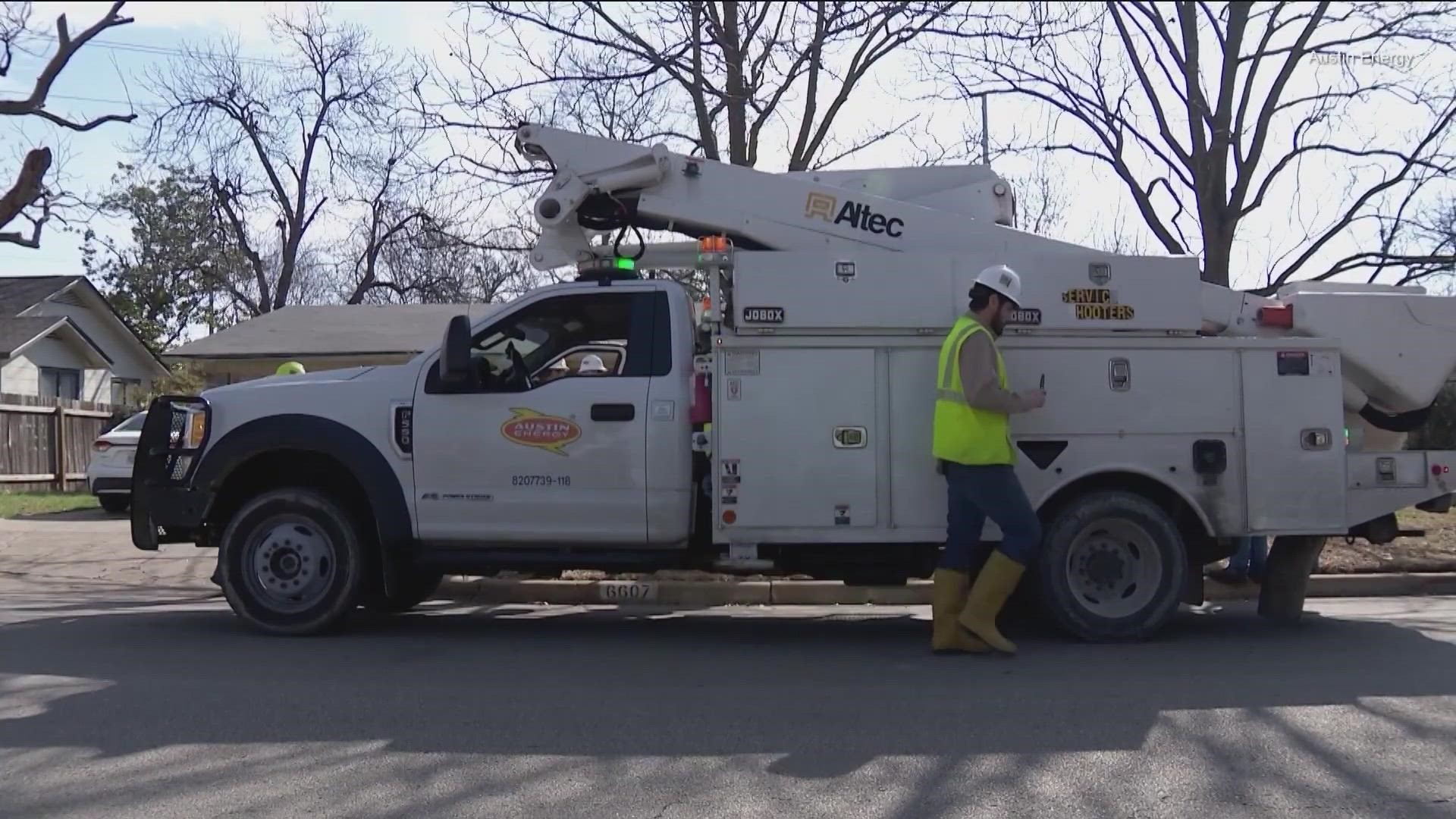AUSTIN, Texas — As City leaders continue to look at Austin Energy's response to this month's ice storm, some newer Austinites have wondered why there's only one energy provider within the city limits.
In 2002, municipalities and electricity cooperatives got the option to deregulate and allow multiple power providers in one area so customers can have options.
Austin chose to stay regulated with one public provider, Austin Energy.
According to Texas Electric Cooperatives, there are 76 electric cooperatives with more than 3 million members throughout the state.
According to Texas Public Power Association the state's 72 Municipally Owned Utilities (MOUs) provide power to more than 5.1 million Texans, representing approximately 15% of the state's population. Combined, they make up the number of regulated energy entities in Texas.
The list below shows some of the larger cities in Texas that remain regulated.
- Austin
- Brownsville
- Bryan
- Brenham
- Burnet
- College Station
- Cuero
- Denton
- Fredericksburg
- Garland
- Georgetown
- Greenville
- Kerrville
- New Braunfels
- San Marcos
- San Antonio
University of Texas energy expert Michael Webber said there is a lot of tension about which is better. A deregulated market could give you options for cheaper rates, but it can also leave you vulnerable to price hikes.
"Maybe you want cheaper power or maybe you want power that you'll pay more for but is cleaner or more reliable, or something like that," Webber said. "It's supposed to inspire more innovation of this kind of thing."
He said the downside is "they'll chase a profit, and the criticism is they won't invest in the reliability of things like that that you want."
While being regulated doesn't leave room for choice, Webber said those providers are more likely to invest in upgrades – and prices are set at a fixed rate. The bills you pay go back to the City, which could pay for other services or help lower taxes. Also, any changes to Austin Energy rates must go through the Austin City Council.
"If you look at Austin Energy, in fact, we have led the nation on energy efficiency and also energy," Webber said. "We're a very clean power mix and, despite everyone's complaints, actually it performs pretty well from a reliability perspective. So it's hard to say that municipal power is doing worse than the other models that are out there."
Webber said, in his opinion, the regulated market is working well for Austin and is being used across the nation. If people don't like it, they can always vote in councilmembers who could advocate for a change.

